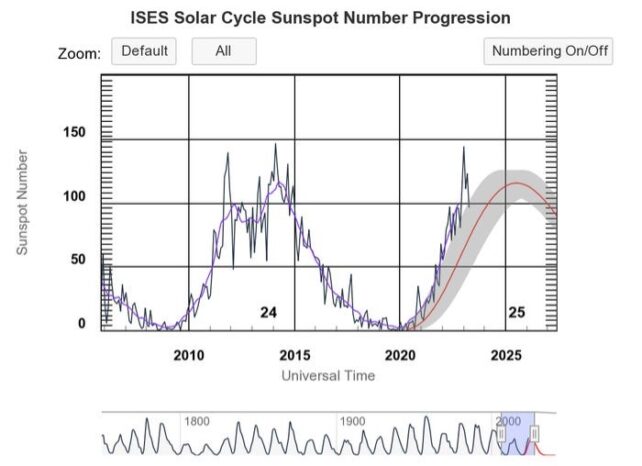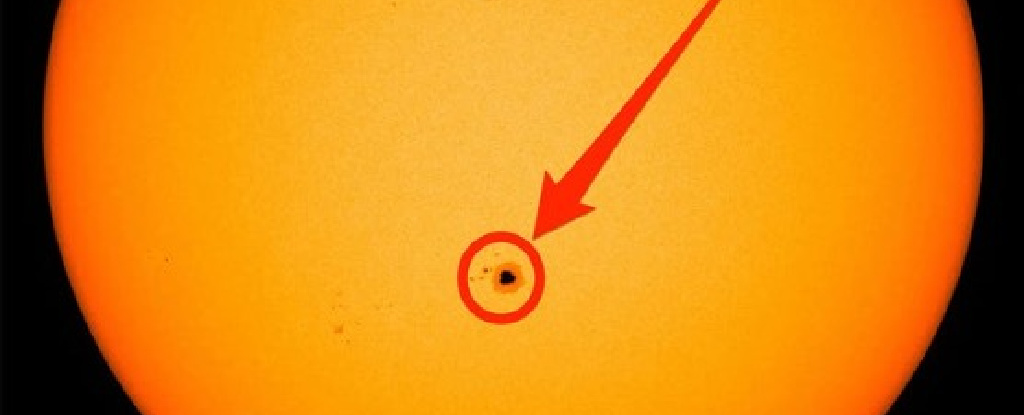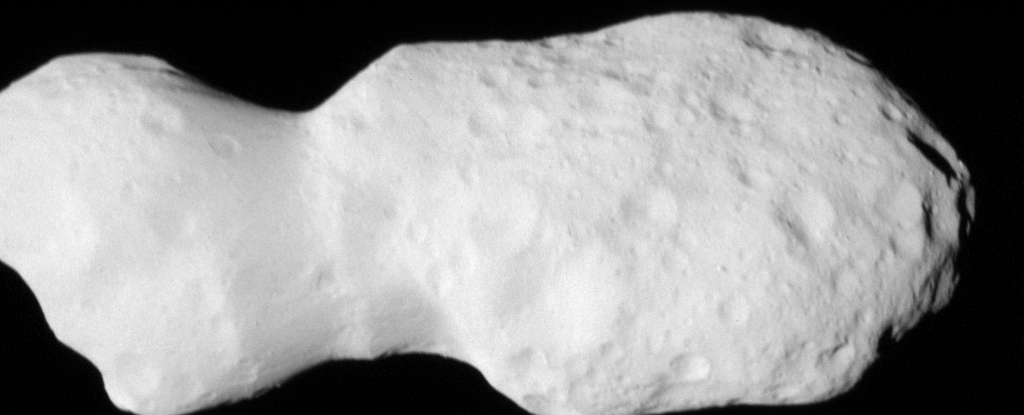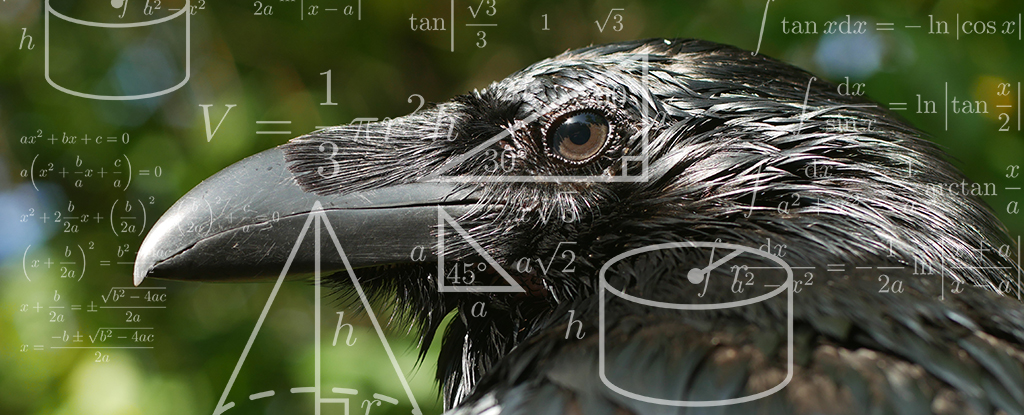A sunspot Four times the size of Earth currently stands in a direct line with the Sun and is so large that one astronomer said it can be seen with the naked eye – provided you have the right equipment to observe it safely.
South Korean astronomer Bum-Suk Yeom advised amateur astronomers to wear eclipse goggles, which have lenses that block 100 percent of the sun’s UV and infrared rays to protect their eyes.
“A huge sunspot is crossing the solar disk and I could see it clearly with sunglasses,” Yeom said, according to spaceweather.com, adding, “Be careful! You must use eclipse glasses or sun filters to protect your eyes.”
Don’t stare directly at the sun
observer in New Jersey, new York, PennsylvaniaAnd Nebraska were able to snap photos of the sunspots without glasses on Monday as the smoke billowed forest fires nearby provided a natural filter for the setting sun, according to spaceweather.com
But looking directly at the sun without proper glasses is extremely dangerous, as the sun’s UV light can burn your retina and leave permanent damage.
Sun enthusiasts can buy solar glasses online. However, be sure to get these from an official website like that of the American Astronomical Society List of suppliers of safe solar filters and viewers to ensure the glasses have been properly tested.
The sun is preparing for the peak of its activity
Experts have been keeping a close eye on this particular sunspot, dubbed AR3310, as it faces Earth.
Sunspots are areas where the sun’s magnetic fields can be particularly active. than this one rolled Around the side of the sun, it unleashed a violent solar flare, a huge explosion that ejected energy, light, and particles into space at high speeds.
This flare was registered as a strong M flare, the second highest on the scale that classifies solar flares by magnitude.
The National Oceanic and Atmospheric Administration, which monitors space weather, has said the location has a 20 percent chance of triggering a powerful X-class flare while still facing Earth. per spaceweather.com.
An eruption of this magnitude could trigger radio blackouts – affecting aviation – and protracted radiation storms.
These radiation storms can create beautiful auroras, but they can also affect power grids and pipelines when the flare is pointed directly at us.
This is the latest in a series of notable sights observed from the Sun in recent months. The sun is currently preparing for it peak of activity in its 11-year cyclewhere sunspots like this one are more likely to occur.

In the last few months we have seen auroras visible to depth New MexicoSolar Plasma WaterfallsSolar tornadoesstrong coronal mass ejections and geomagnetic storms. More activity is expected in the coming months.
This article was originally published by Business Insider.
More from Business Insider:





